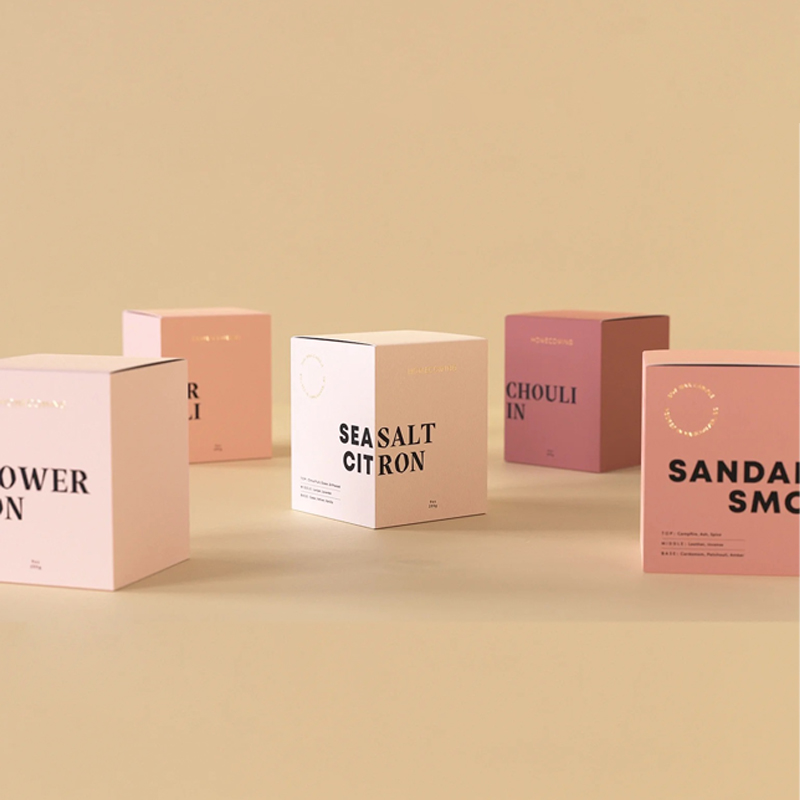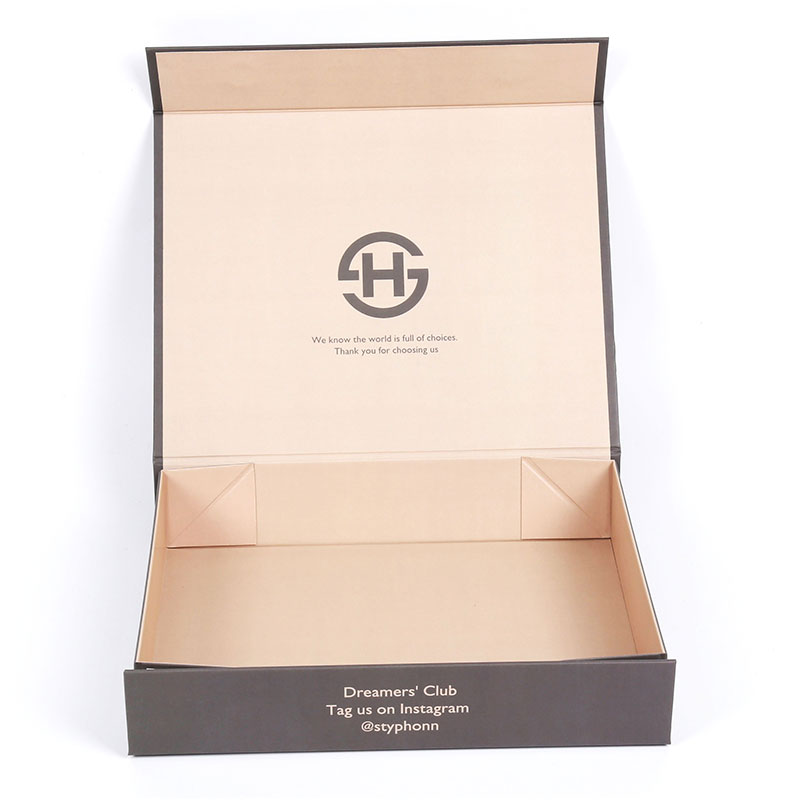تفاوت بین کارتن تاشو و جعبه راه راه چیست؟
فهرست مطالب
In the world of packaging, understanding the distinctions between different types of boxes is crucial for businesses aiming to optimize their product presentation and shipping processes. Two common forms of packaging are folding cartons and corrugated boxes, each serving unique purposes and applications. While both are essential in their own right, they differ significantly in terms of materials, intended use, and structural integrity. This article will explore these differences in detail and highlight important features to consider when choosing between کارتن های تاشو and corrugated boxes.
What is a Folding Carton?
A folding carton is a type of packaging crafted from solid bleached sulfate (SBS) or solid unbleached sulfate (SUS) paperboard. This type of carton is designed to be easily folded and assembled into a box or container. Folding cartons are typically employed in packaging consumer goods, food items, cosmetics, and other retail products. They provide a sturdy structure and can be printed with various graphics, logos, and branding elements to enhance product appeal. Their eye-catching designs make them an effective choice for attracting customers on retail shelves.
What is a Corrugated Box?
In contrast, a corrugated box is made from corrugated fiberboard, which features a wavy or fluted inner layer sandwiched between two flat outer layers. This construction gives corrugated boxes significant strength and durability, making them ideal for shipping and transportation. They are frequently used for packaging larger, heavier, or more delicate items that require extra protection during transit. Furthermore, corrugated boxes can be tailored in size and design to meet the specific requirements of the products being shipped, ensuring a secure fit.
تفاوت های کلیدی بین کارتن های تاشو و جعبه های راه راه
Understanding the key distinctions between folding cartons and corrugated boxes can help businesses choose the right packaging for their needs. Here are the primary differences:
Material Composition
- کارتن های تاشو: Made from paperboard, providing a smooth surface for high-quality printing.
- جعبه های راه راه: Composed of corrugated fiberboard, which combines strength with lightweight properties.
Intended Purpose
- تاشو Cartons: Primarily designed for retail packaging, where presentation is essential.
- جعبه های راه راه: Mainly utilized for shipping and transporting goods, focusing on protection rather than presentation.
Structural Strength
- جعبه های راه راه: Often designed for reuse and recycling, contributing to sustainable practices.
- کارتن های تاشو: Typically intended for single-use, although some can be recycled.
گزینه های سفارشی سازی
- کارتن های تاشو: Can be customized with vibrant colors, unique shapes, and specialized finishes like matte or gloss lamination. This enhances branding and provides a tailored look that can attract consumers.
- جعبه های راه راه: While they can also be customized, the focus is often on functionality. Businesses can choose from various flute sizes and wall thicknesses, allowing for enhanced protection based on the specific products being shipped.
ملاحظات هزینه
- کارتن های تاشو: Typically, they come at a higher per-unit cost due to the materials used and the printing processes involved. However, their ability to enhance product presentation can justify this expense for retail-focused businesses.
- جعبه های راه راه: Generally more cost-effective for bulk shipping and transportation, making them a preferred choice for companies looking to minimize packaging costs without sacrificing product safety.
Reusability and Recycling
- کارتن های تاشو: Generally less durable than corrugated boxes, suitable for lighter items.
- جعبه های راه راه: Known for their superior strength, capable of safeguarding heavier or more fragile products during transit.
نتیجه گیری
Choosing between folding cartons and corrugated boxes depends on various factors, including the nature of your products, branding goals, and shipping requirements. Folding cartons excel in retail settings where visual appeal and branding are paramount, while corrugated boxes provide the strength and durability needed for safe transportation. Understanding these key differences—and the added features of customization options and cost considerations—can help businesses make informed packaging decisions. By selecting the right type of packaging, companies can enhance their product presentation, ensure safety during transit, and ultimately improve customer satisfaction. Whether you opt for the eye-catching design of a folding carton or the robust protection of a corrugated box, the right packaging solution can significantly impact your business’s success.
پست های مرتبط

L از کجا می تواند جعبه های تاشو سفارشی تهیه کند؟
وقتی صحبت از بسته بندی می شود، جعبه های تاشو سفارشی یک گزینه همه کاره و ضروری برای بسیاری از صنایع است. آنها نه تنها از محصولات شما محافظت می کنند، بلکه شناخت برند را افزایش می دهند و اثرات زیست محیطی را کاهش می دهند

7 مرحله کلیدی برای مشاغل کوچک برای دستیابی به بسته بندی جعبه سفارشی تاشو
در دنیای پرشتاب کسب و کارهای کوچک، متمایز شدن از رقبا ضروری است. یکی از راه های قدرتمند برای ایجاد تأثیر ماندگار، بسته بندی جعبه های تاشو سفارشی است. نه تنها باعث افزایش دید برند می شود

مزایای بسته بندی تخته جعبه تاشو چیست؟
بسته بندی تخته جعبه تاشو (FBB) به دلیل تطبیق پذیری، مقرون به صرفه بودن و قابلیت سفارشی سازی بالا، به سرعت در حال تبدیل شدن به انتخابی مناسب برای مشاغل در صنایع مختلف است.

5 نکته ضروری برای انتخاب تامین کننده کارتن تاشو مناسب
انتخاب تامین کننده مناسب برای کارتن های تاشو برای اطمینان از بسته بندی باکیفیت، حفاظت از محصولات شما بسیار مهم است.
